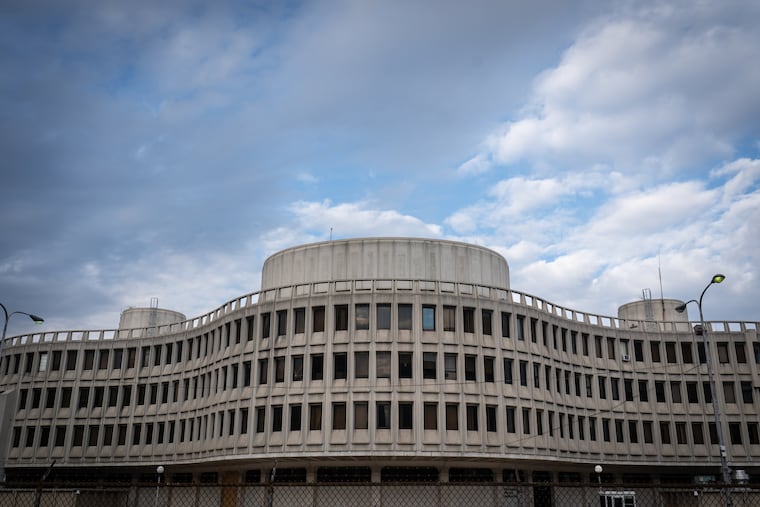Roundhouse to Implement Best Practices for Responsible Preservation Efforts
The future of the Roundhouse, formerly known as the Police Administration Building, hangs in the balance following a denial of its historical designation by the Philadelphia Historical Commission in November 2023. This decision places the structure, completed in 1962, in jeopardy, raising concerns about its preservation and potential redevelopment.
Originally celebrated for its innovative use of precast concrete, the Roundhouse is a notable example of midcentury modern architecture. It received the Gold Medal from the American Institute of Architects in 1963, a prestigious recognition of its design. The building embodies the progressive aspirations of its era, connected to the leadership of Mayor Richardson Dilworth and city planner Ed Bacon, who were influential figures in what is often referred to as the golden age of American urban planning.
However, the building’s history is not solely defined by its architectural significance. It serves as a reminder of police brutality and the darker aspects of urban renewal, making it a contentious symbol within the community. A recent report from the Department of Planning and Development, titled “Framing the Future of the Roundhouse,” recommended a redevelopment strategy that aims to preserve the structure while creating positive community benefits and memorializing its complex history. The report is the culmination of a six-month engagement process involving a wide array of community stakeholders who provided insights into their experiences and visions for the site’s future.
Community members expressed that while many have personal or familial connections to the trauma associated with the building, there is a consensus that erasing it would not be the ideal solution. Instead, there is a strong desire for the site to be repurposed in ways that serve the public, ensuring a welcoming environment that aligns with the democratic and civic principles on which it was founded.
Despite these community-driven recommendations, the Commission’s 6-6 split vote against the historical designation means that the building is not protected under preservation laws, which could have secured funding and safeguarded it from potential demolition. The decision raises concerns about the fate of this iconic structure and its role in the ongoing narrative of Philadelphia’s complex history, characterized by displacement and struggles for social justice.
As the city looks to the future, parallels can be drawn with other historical sites, such as Eastern State Penitentiary, which has been transformed into a center for education and public engagement. Advocate groups, including Save the Roundhouse and the Philadelphia Chinatown Development Corp., are pushing for redevelopment efforts that not only honor the building’s past but also focus on restorative justice and affordable housing.
Mayor Cherelle L. Parker’s recently unveiled housing initiative, titled Housing Opportunities Made Easy (HOME), aims to produce 30,000 units of affordable housing and encourages the revitalization of underutilized properties. The Roundhouse could potentially serve a dual purpose: maintaining its historical significance while fostering new residential opportunities in a manner that aligns with community needs and aspirations.
The dialogue surrounding the Roundhouse reflects broader national trends concerning the preservation of diverse histories and the importance of recognizing the complexities of urban narratives. The challenge lies in finding a balance between development and preservation, ensuring that the stories of Philadelphia’s past inform its future. The Roundhouse stands as a potential model for how cities can confront their histories, honor community voices, and create spaces that advocate for equity and inclusion.
As Philadelphia navigates these challenging dynamics, the fate of the Roundhouse could ultimately serve as a litmus test for the city’s commitment to community engagement, historical preservation, and equitable development.
Media News Source







